- Radermachera (Radermachera): Care, Photos, Species
- Care
- Photos
- Species
- Radermachera Care Guide
- Watering
- Light
- Temperature
- Fertilizer
- Pruning
- Propagation
- Pests and Diseases
- Additional Tips
- Choosing the Right Environment for Radermachera
- Light
- Temperature
- Humidity
- Watering
- Fertilizer
- Potting and Repotting
- Pruning
- Pest Control
- Watering and Feeding Radermachera
- Watering
- Feeding
- Additional Tips
- Pruning and Propagating Radermachera
- Pruning Radermachera
- Propagating Radermachera
- Common Pests and Diseases of Radermachera
- Pests
- Diseases
- Popular Radermachera Species
- Radermachera sinica
- Radermachera ignea
- Radermachera hainanensis
- Radermachera xylocarpa
- Photos of Radermachera
- Q&A:
- What is Radermachera?
- What are the different species of Radermachera?
- How do I take care of Radermachera?
- Can Radermachera be grown as a houseplant?
- How often should I water my Radermachera?
- Are there any pests or diseases that affect Radermachera?
- Can I propagate Radermachera?
- Video: Q&A – What is this plant? -China Doll
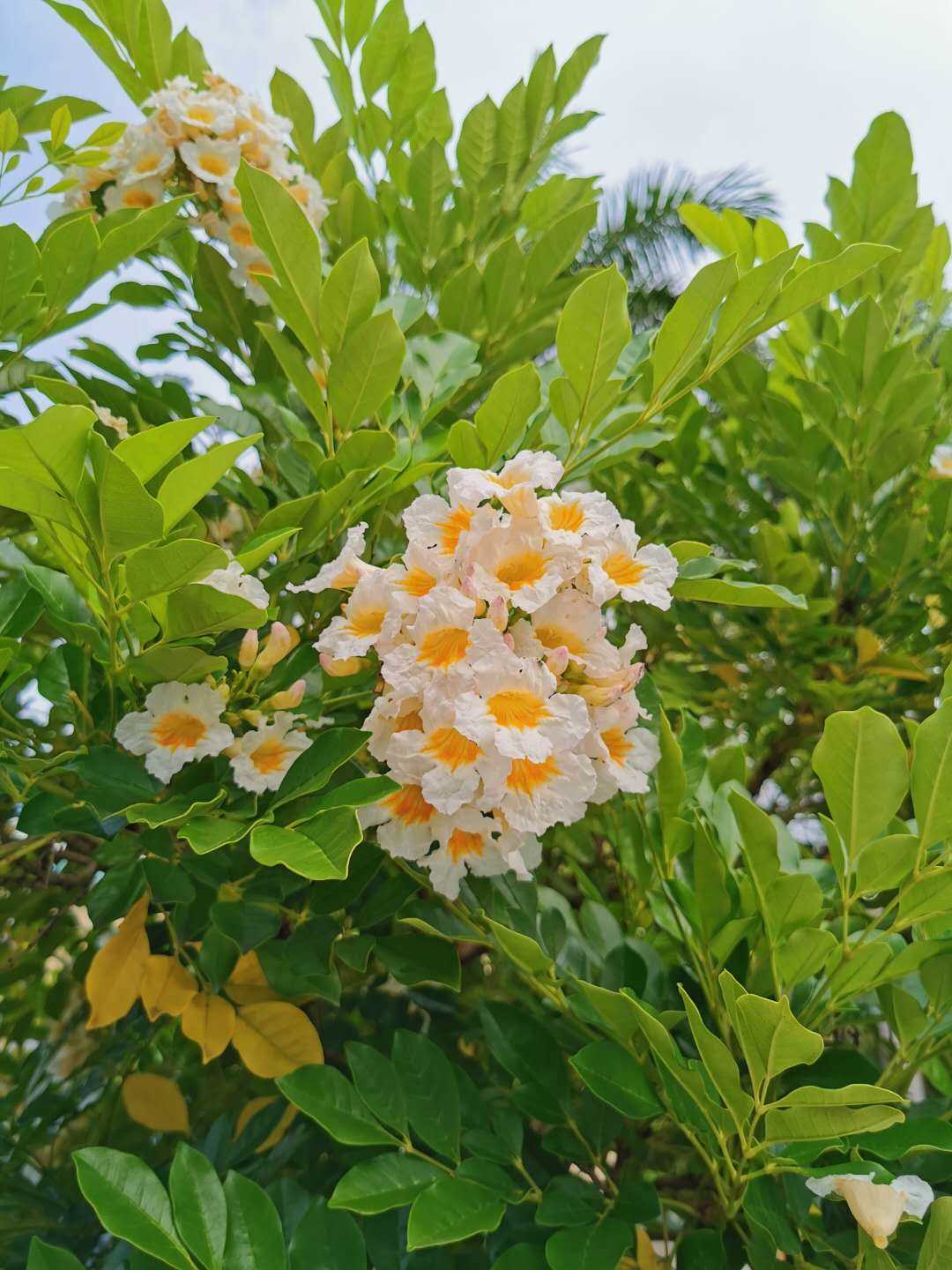
Radermachera, also known as Radermachera sinica or China doll plant, is a popular houseplant known for its delicate foliage and easy care requirements. Native to the subtropical regions of southern China and Taiwan, Radermachera belongs to the Bignoniaceae family and is closely related to the catalpa tree.
With its glossy, deep green leaves and compact growth habit, Radermachera is often chosen as an indoor plant for its ornamental value. The leaves are pinnately compound, meaning they are divided into multiple leaflets. Each leaflet is lance-shaped and has a serrated or wavy edge, giving the plant an elegant and graceful appearance.
When it comes to care, Radermachera is relatively low maintenance. It thrives in bright, indirect light but can tolerate some shade. It prefers well-draining soil and should be watered thoroughly but allowed to dry out between waterings. Overwatering can lead to root rot, so it’s important to ensure the plant’s roots are not sitting in water.
There are several species and cultivars of Radermachera available in the horticultural trade. The most common species is Radermachera sinica, which typically has white or pale pink flowers when it blooms. Some cultivars, such as ‘Bonsai’ and ‘Variegata’, have variegated leaves or a more compact growth habit. Regardless of the specific variety, Radermachera is a stunning addition to any indoor plant collection.
Radermachera (Radermachera): Care, Photos, Species
Care
- Light: Radermachera plants prefer bright, indirect sunlight. They can tolerate some direct sunlight, but too much direct light can scorch their leaves.
- Water: Keep the soil evenly moist, but be careful not to overwater. Allow the top inch of soil to dry out before watering again. Make sure the pot has proper drainage to prevent waterlogged roots.
- Temperature: Radermachera plants thrive in temperatures between 65°F (18°C) and 80°F (27°C). They can tolerate slightly cooler temperatures, but avoid exposing them to temperatures below 55°F (13°C).
- Humidity: These plants prefer moderate to high humidity levels. To increase humidity, you can place the pot on a tray filled with water and pebbles or use a humidifier.
- Fertilizer: Feed your Radermachera plant with a balanced liquid fertilizer every 2-4 weeks during the growing season (spring and summer). Follow the package instructions for the proper dilution and application method.
- Pruning: Prune your Radermachera plant in spring or summer to maintain its shape or remove any dead or damaged leaves. You can also pinch back the tips of the plant to encourage bushier growth.
- Propagation: Radermachera plants can be propagated from stem cuttings. Take a 4-6 inch cutting from a healthy plant and remove the lower leaves. Place the cutting in a container with moist potting soil or a glass of water until roots develop.
Photos

You can find photos of Radermachera plants by doing a quick internet search or visiting gardening websites and forums. These photos can give you a better idea of what the plants look like and their different varieties and cultivars.
Species
| Name | Description |
|---|---|
| Radermachera sinica | Also known as China doll or serpent tree, this species features glossy, green leaves and can grow up to 10 feet tall. |
| Radermachera kunming | This species has variegated leaves with splashes of cream or yellow. It is a more compact variety, reaching about 4-6 feet in height. |
| Radermachera hainanensis | Native to Hainan Island in China, this species has larger leaves compared to other Radermachera varieties. |
Radermachera Care Guide
Watering
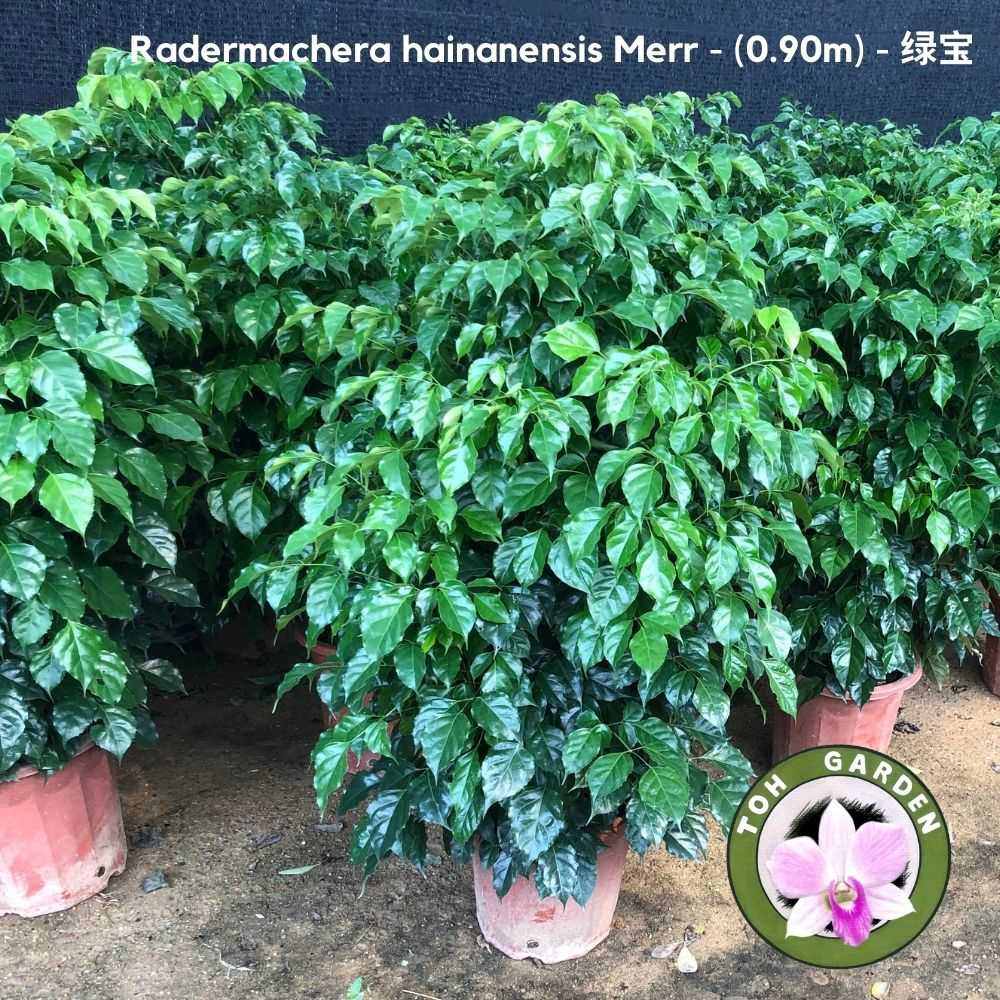
Water your Radermachera plant thoroughly, allowing the top inch of soil to dry out between waterings. Keep in mind that overwatering can lead to root rot, so it’s important to strike a balance.
Light
Radermachera prefers bright, indirect light. Place your plant in a location with plenty of natural light, but avoid direct sunlight as it can scorch the leaves.
Temperature
Radermachera thrives in temperatures between 65°F and 75°F (18°C to 24°C). Avoid exposing the plant to extreme temperatures or drafts, as it can cause stress and leaf drop.
Fertilizer
Feed your Radermachera plant with a balanced, water-soluble fertilizer every 2-4 weeks during the growing season (spring and summer). Follow the package instructions for the recommended dosage.
Pruning
Prune your Radermachera plant in spring to remove dead or damaged branches. You can also trim back leggy growth to encourage bushier and more compact growth.
Propagation
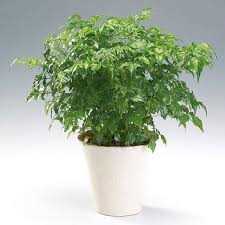
Radermachera can be propagated through stem cuttings. Take a 4-6 inch cutting from the tip of a healthy stem and place it in a pot with well-draining soil. Keep the soil lightly moist and provide the cutting with bright, indirect light.
Pests and Diseases
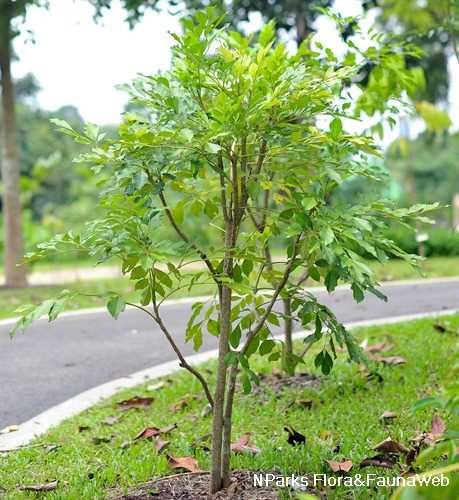
Common pests that can affect Radermachera include mealybugs and spider mites. Inspect your plant regularly and treat any infestations with an appropriate insecticide or by wiping the leaves with a damp cloth. Radermachera is also susceptible to root rot, so it’s important to avoid overwatering and ensure proper drainage.
Additional Tips
- Rotate your Radermachera plant every few weeks to ensure even growth and prevent it from leaning towards the light source.
- Clean the leaves of your plant with a damp cloth to remove dust and keep them looking healthy.
- Avoid placing your plant near cold drafts or heating vents, as they can cause temperature fluctuations.
| Aspect | Requirement |
|---|---|
| Watering | Thoroughly water, allow top inch to dry |
| Light | Bright, indirect light |
| Temperature | 65°F to 75°F (18°C to 24°C) |
| Fertilizer | Balanced, water-soluble fertilizer every 2-4 weeks |
| Pruning | Remove dead or damaged branches, trim leggy growth |
| Propagation | Stem cuttings in well-draining soil |
| Pests and Diseases | Treat mealybugs and spider mites, avoid overwatering |
Choosing the Right Environment for Radermachera
Radermachera is a popular houseplant known for its lush foliage and vibrant flowers. In order to ensure its health and growth, it is important to provide the right environment for your Radermachera. Here are some key factors to consider:
Light
Radermachera plants thrive in bright but indirect light. Place your plant near a window where it can receive ample filtered sunlight throughout the day. Avoid exposing it to direct sunlight, as this can scorch the leaves.
Temperature
Radermachera plants prefer warm temperatures ranging from 65°F to 75°F (18°C to 24°C). They can tolerate slightly cooler temperatures, but avoid exposing them to drafts or extreme temperature fluctuations.
Humidity
These plants enjoy moderate to high humidity levels. To increase humidity, you can place the pot on a tray filled with water and pebbles. As the water evaporates, it will create a humid microclimate around the plant.
Watering
Proper watering is crucial for Radermachera plants. Water them when the top inch or two of the soil feels dry to the touch. Avoid overwatering, as this can lead to root rot. It is also important to use well-draining soil to prevent waterlogged conditions.
Fertilizer
Radermachera plants benefit from regular fertilization during the growing season. Use a balanced liquid fertilizer diluted to half strength every 2-3 weeks. Reduce fertilization frequency during the winter months.
Potting and Repotting
Choose a pot with drainage holes to prevent water accumulation. When repotting, use a well-draining potting mix and go up only one or two pot sizes. Repotting annually will ensure optimal growth.
Pruning
Regular pruning helps maintain the desired shape and encourages bushier growth. Prune back leggy or overgrown branches in early spring or late winter.
Pest Control
Inspect your Radermachera plant regularly for signs of pests such as mealybugs or spider mites. If detected, treat the infestation promptly using organic or chemical pest control methods.
| Light | Temperature | Humidity | Watering | Fertilizer |
|---|---|---|---|---|
| Bright, indirect light | 65°F to 75°F (18°C to 24°C) | Moderate to high humidity | Water when top inch or two of soil is dry | Use balanced liquid fertilizer diluted to half strength every 2-3 weeks during growing season |
By providing the right environment for your Radermachera plant, you can ensure its health and enjoy its beauty for years to come.
Watering and Feeding Radermachera
Radermachera plants require a consistent watering schedule to thrive and stay healthy. Here are some tips to ensure proper watering:
Watering
- Water your Radermachera plant once the top inch of the soil becomes dry. Avoid overwatering as this can lead to root rot.
- Use room temperature water to prevent shocking the plant’s roots.
- Ensure that the pot has drainage holes to allow excess water to escape.
Feeding
Proper feeding can help promote healthy growth and vibrant foliage in your Radermachera plant. Consider the following guidelines:
- Use a balanced liquid fertilizer specifically formulated for indoor plants.
- Follow the manufacturer’s instructions for dilution and application rates.
- Fertilize your Radermachera plant every 2-4 weeks during the growing season (spring and summer).
- Reduce the frequency of fertilization to once every 6-8 weeks during the dormant season (fall and winter).
Additional Tips
- Avoid using tap water if it’s known to contain high levels of chlorine or fluoride. Consider using filtered or distilled water instead.
- Mist the leaves of your Radermachera plant occasionally to increase humidity, especially during dry winter months.
- Regularly inspect your plant for signs of pests, such as spider mites or mealybugs. Treat infestations promptly to prevent damage.
By following these watering and feeding guidelines, you can help your Radermachera plant thrive and maintain its beauty for years to come.
Pruning and Propagating Radermachera
Pruning and propagating Radermachera plants are important tasks for maintaining the health and appearance of these beautiful houseplants. Proper pruning helps to keep the plant compact and bushy, while propagation allows you to create new plants from cuttings. Here are some tips to help you with pruning and propagating Radermachera:
Pruning Radermachera
- Prune your Radermachera plant in the spring or early summer when it is actively growing.
- Start by removing any dead, damaged, or diseased branches with a clean pair of pruning shears.
- To shape the plant, selectively prune the longer branches to encourage a more compact and bushy growth form.
- Trim the tips of the branches if you want to control the height of the plant.
- Avoid pruning more than one-third of the plant at a time to prevent shock and promote healthy growth.
- Remove any suckers or side shoots that emerge from the base of the plant to maintain the desired shape.
Propagating Radermachera
Propagation of Radermachera plants can be done through stem cuttings. Here is a step-by-step guide:
- Select a healthy stem from the parent plant that is around 6 inches long and has several nodes.
- Using a clean pair of pruning shears, make a clean cut just below a node, ensuring that you have a cutting with at least two nodes.
- Remove the lower leaves from the cutting to expose the nodes.
- Dip the cut end of the cutting in rooting hormone to promote root development.
- Plant the cutting in a small pot filled with well-draining soil or a mix of perlite and peat moss.
- Water the cutting thoroughly and place it in a warm and bright location, but out of direct sunlight.
- Keep the soil moist but not waterlogged, and mist the cutting frequently to maintain high humidity.
- After a few weeks, the cutting should develop roots. You can gently tug on the cutting to check for resistance, indicating root establishment.
- Once the cutting has rooted, you can transplant it into a larger pot or container filled with regular potting soil.
Pruning and propagating Radermachera plants are simple tasks that can help you maintain the health and appearance of your plant, as well as create new plants to share or expand your collection. With proper care and attention, your Radermachera will continue to thrive and bring beauty to your space.
Common Pests and Diseases of Radermachera
While Radermachera is generally a resilient and hardy plant, it can still be susceptible to a few pests and diseases. Here are some of the most common ones to watch out for:
Pests
- Mealybugs: These small, white, cotton-like insects can usually be found on the undersides of leaves. They feed on plant cells and can cause yellowing and stunted growth. Regularly inspect your Radermachera for signs of mealybugs and treat them with a suitable insecticide if necessary.
- Aphids: These tiny insects can be green, black, brown, or even pink in color and they mainly feed on the sap of plants. They often congregate on new growth and can cause deformities in leaves and flowers. Use a gentle spray of water or insecticidal soap to remove aphids from your plant.
- Spider mites: These minuscule pests are difficult to see but can cause significant damage to Radermachera. They often leave behind a fine webbing and cause yellow or bronzed leaves. Regularly misting your plant and keeping the humidity levels high can help prevent spider mite infestations.
Diseases
- Root rot: Overwatering or poorly draining soil can lead to root rot in Radermachera. The roots become mushy and discolored, and the plant may show signs of wilting or yellowing. To prevent root rot, make sure your plant is potted in well-draining soil and water it only when the top inch of soil is dry.
- Powdery mildew: This fungal disease appears as a white, powdery coating on the leaves, stems, and flowers of Radermachera. It can hinder plant growth and cause leaves to curl and become disfigured. Improve air circulation around the plant and avoid overhead watering to prevent powdery mildew.
Regularly inspecting your Radermachera for signs of pests or diseases and taking prompt action can help keep your plant healthy and thriving.
Popular Radermachera Species
Radermachera is a genus of evergreen trees and shrubs known for their beautiful foliage and showy flowers. There are several popular species of Radermachera that are commonly grown as houseplants.
Radermachera sinica
Radermachera sinica, also known as China Doll or Emerald Tree, is a compact and bushy plant with glossy, dark green leaves. It is one of the most popular Radermachera species grown as a houseplant. The plant has a symmetrical growth habit and can grow up to 2 meters in height. It produces clusters of small white flowers in summer, followed by small, woody capsules.
Radermachera ignea

Radermachera ignea, commonly known as the Flamenco Plant or Tree Jasmine, is another popular species that is grown for its attractive foliage. It has large, shiny, dark green leaves that are prominently veined. The leaves have a serrated edge, giving them a unique appearance. The plant can reach a height of 1.5 meters and produces clusters of tubular, orange-red flowers that resemble orchids.
Radermachera hainanensis
Radermachera hainanensis, also known as the Hainan Tree, is a tall and elegant plant that can reach a height of 3 meters. It has large, compound leaves with 5 to 7 leaflets that are dark green in color. The plant produces clusters of yellow tubular flowers that are lightly scented. Radermachera hainanensis is a popular choice for landscaping and can also be grown as a houseplant in larger spaces.
Radermachera xylocarpa
Radermachera xylocarpa, commonly known as Ivory Tree or Solid Ivory, is a small tree with attractive glossy leaves that are pale green when young and gradually turn into dark green as they mature. The leaves have a distinctive shape, with a pointed tip and a serrated edge. The plant produces clusters of tubular, white flowers that are fragrant. Radermachera xylocarpa is a relatively rare species and is prized for its ornamental value.
| Species | Common Names | Growth Habit | Height | Flower Color |
|---|---|---|---|---|
| Radermachera sinica | China Doll, Emerald Tree | Compact, bushy | Up to 2 meters | White |
| Radermachera ignea | Flamenco Plant, Tree Jasmine | Upright, bushy | Up to 1.5 meters | Orange-red |
| Radermachera hainanensis | Hainan Tree | Tall, elegant | Up to 3 meters | Yellow |
| Radermachera xylocarpa | Ivory Tree, Solid Ivory | Small tree | Varies | White |
Photos of Radermachera
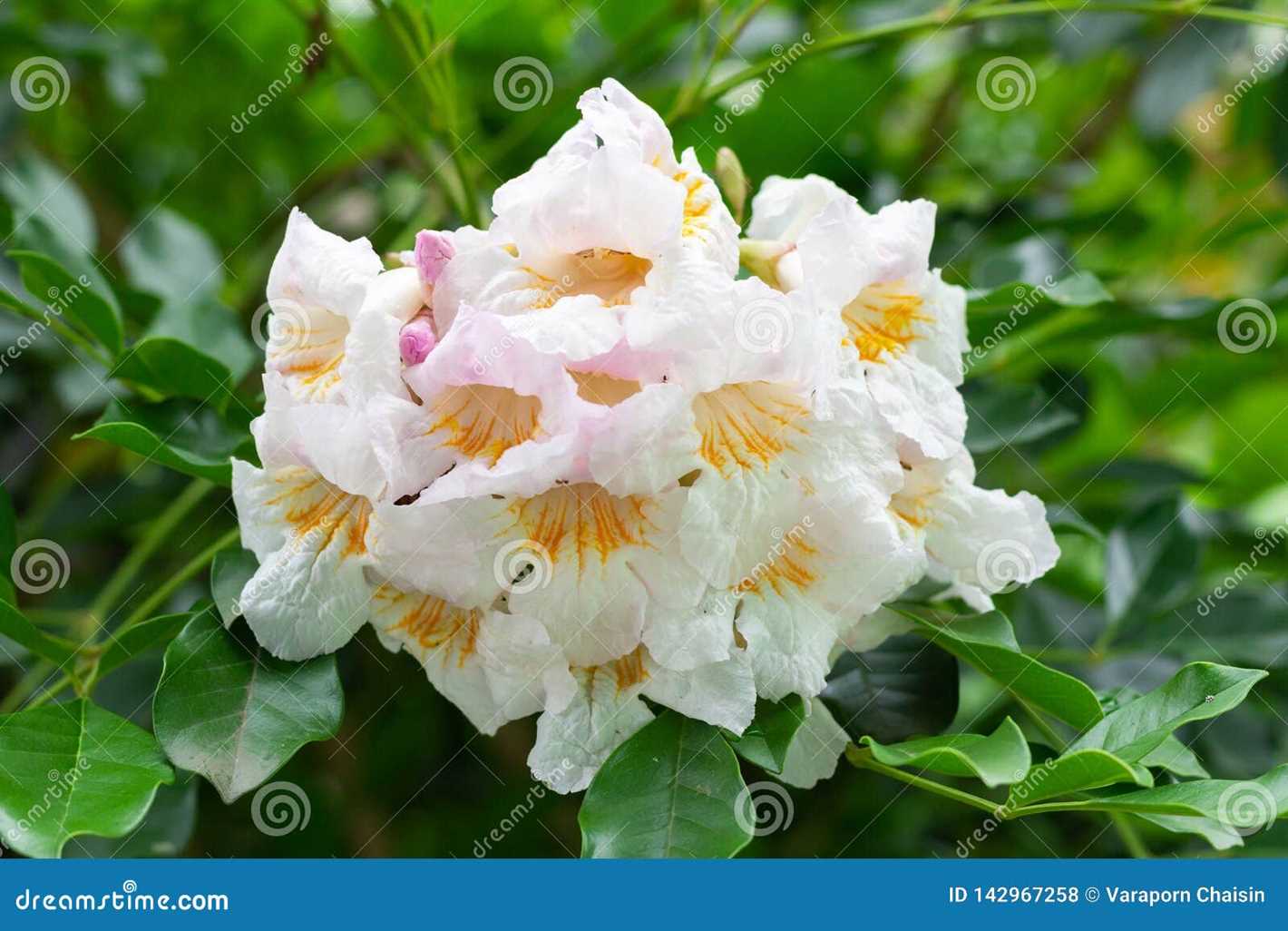

Image 1: Description of the first photo of Radermachera.

Image 2: Description of the second photo of Radermachera.

Image 3: Description of the third photo of Radermachera.
These are just a few examples of the beautiful Radermachera plants that you can find. Make sure to follow the care guidelines to keep your Radermachera healthy and thriving.
Q&A:
What is Radermachera?
Radermachera is a genus of flowering plants in the family Bignoniaceae. It is native to tropical regions of Asia, including China, Taiwan, India, and the Philippines.
What are the different species of Radermachera?
There are several species of Radermachera, including Radermachera sinica, Radermachera gigantea, and Radermachera ignea. Each species has its own unique characteristics and care requirements.
How do I take care of Radermachera?
Radermachera plants require bright, indirect light, well-draining soil, and regular watering. They prefer to be kept in temperatures between 65-80°F (18-27°C) and appreciate high humidity. Fertilize regularly during the growing season and prune to maintain shape.
Can Radermachera be grown as a houseplant?
Yes, Radermachera can be grown as a houseplant. It thrives in indoor conditions with bright, indirect light. However, it is important to provide it with enough space to grow as it can reach heights of up to 10 feet (3 meters).
How often should I water my Radermachera?
Radermachera plants should be watered when the top inch of soil has dried out. This usually means watering once every 1-2 weeks, but it can vary depending on environmental conditions. It is important not to overwater, as this can lead to root rot.
Are there any pests or diseases that affect Radermachera?
Yes, Radermachera plants can be susceptible to pests such as aphids, mealybugs, and spider mites. Regularly inspect the plant for any signs of infestation and treat with appropriate pest control methods. Diseases such as fungal leaf spot can also occur, especially in conditions of high humidity.
Can I propagate Radermachera?
Yes, Radermachera can be propagated through stem cuttings. Take a 4-6 inch cutting with a few leaves intact and place it in a well-draining potting mix. Keep the cutting in a warm, humid environment and water regularly. Roots should begin to form in a few weeks.
Video:
Q&A – What is this plant? -China Doll










